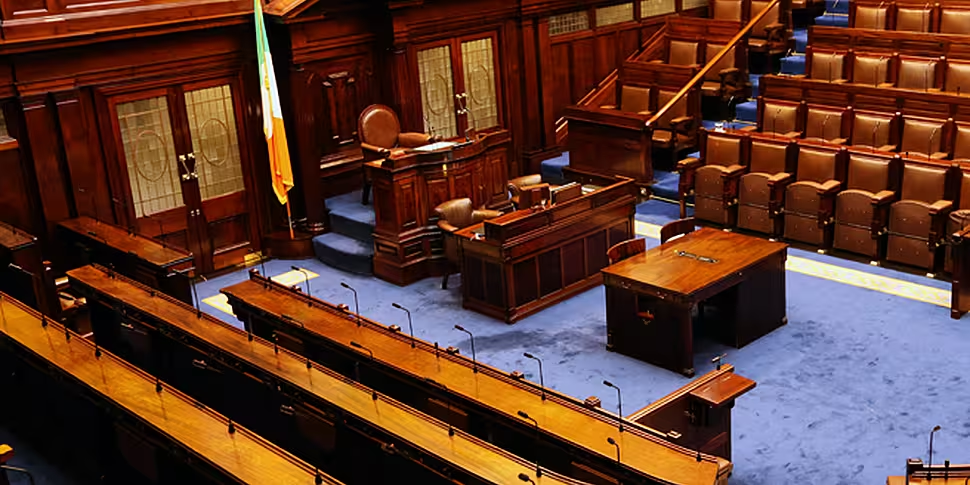Election day is now around the corner - but it could be some time after the results are in that a new government is actually in place, if one is at all, and we now look closer than ever to a hung Dáil.
Ivan Yates has given us his predictions of the makeup of the next Dáíl, and if he's right then we have a long road to run before a functioning government emerges.
It’s something we’ve been hearing more of in the past weeks, but what exactly is a hung Dáil? And what are the consequences?
Hung parliament
A hung parliament comes about when the elected parties find themselves deadlocked with no group or coalition of groups (and independents) able to stand each other long enough to form a majority.
Let’s use Ivan's prediction of the final seat counts following Friday’s vote.
- Fine Gael - 51
- Fianna Fail - 39
- Sinn Fein - 29
- Labour – 7
- Independents - 32
It’s no surprise that a disparate election result has thrown up a group of parties unable to stomach an alliance, and barring a Fine Gael/Fianna Fail coalition – an option not insignificantly burdened by history and the spectre of Gerry Adams leading the opposition – there is no obvious solution.
So what happens if chaos ensues?
Parties in a position to form a government are under heavy pressure to do so for the greater good. Not only this, but the funds are low and spirits are bruised. Nobody – not the politicians, the media or the electorate – feel like another spin on the campaign waltzers just yet, so ideological differences could be negotiated with
In that case we’re looking at Fine Gael and Fianna Fail. But as we’ve already pointed out – in case it needed pointing out – that’s a tough sell for a number of reasons.
Beyond that it all gets a little foggy. The Left are more numerous but as disparate as ever. Sinn Féin are a major force, but the chances of them forming a solid grouping with parties like the AAA-PBP and Social Democrats is almost nil – but even if they could it wouldn’t reach the magic minimum of 80.
Returning the current coalition plus newly bought friends seems as a lot of support from outside, and that support just might not be available.
How long could this take?
Newstalk's election analyst Odran Flynn spoke to Pat Kenny recently about how long it has taken to put together past governments, and also offered some predictions about what might happen in the days and weeks after February 26th.
Odran started with a historical overview of how long it has taken to form governments in the past - including a particularly long gap of 84 days back in the earliest days of Irish independence.
"The election was held on 16th June 1922," he explained. "Just over a week later the Civil War broke out". Inevitably, forming a government became something of a challenge.
In more stable times, Odran observed "the majority of [government formations] have taken around 19 or 20 days. The longest, other than the 84 day one, is 27 days, which was when Fianna Fáil broke the long-held core principle of single party government - in 1989, when Charles Haughey did a deal with Dessie O'Malley, his arch-enemy up until that point, to win the government".
There has not been a single-party government since the Fianna Fáil / Progressive Democrats agreement.
Of course, there are short formations too. As Odran explained, "the shortest period was in 1961, when Sean Lemass went into the Dáil on Wednesday 4th October, and went back in and formed a government the following Wednesday - seven days".
So what about this time around? Odran observed that polling suggests it could be a significant challenge putting together a government - or at least one that lasts.
"I think we're in the danger of sleepwalking into a situation that we couple together a government that literally lasts only a few months," he suggested.
"I think we're in danger of going back to a 1981, 1982 situation - except the elections would be even closer together," Odran suggested.
You can listen back to more of Odran's comments below:









